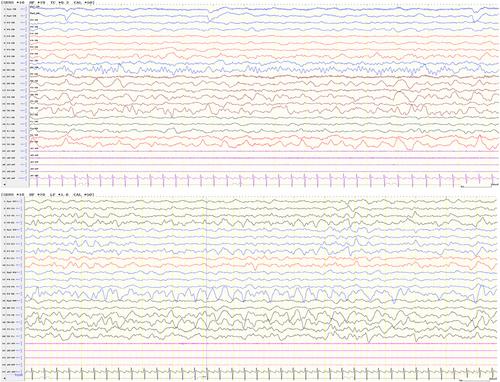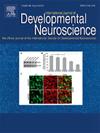Moyamoya Syndrome, Epilepsy and Hydrocephalus in Neurofibromatosis Type 1
Abstract
Background
Neurofibromatosis type 1 (NF1) is an autosomal dominant neurocutaneous syndrome. NF1-related vasculopathy represents a clinically significant yet underrecognized complication. Moyamoya syndrome, a rare cerebrovascular manifestation of NF1, has been rarely reported in the paediatric population. Epilepsy and hydrocephalus are also uncommon neurological manifestations of NF1. However, the co-occurrence of the above three symptoms in NF1 cases is rarely found.
Methods
Here, we report a 2-year-old boy with moyamoya syndrome, epilepsy and hydrocephalus caused by de novo NF1 pathogenetic variants.
Results
He experienced a 1-week history of paroxysmal hands weakness and frequent seizures. Physical examination showed macrocephaly (head circumference was 52 cm), reduced distal muscle strength in both upper limbs (grade III) and the presence of 6 or more café-au-lait macules (CALMs). Brain magnetic resonance imaging (MRI) showed moyamoya syndrome and hydrocephalus. Electroencephalographic (EEG) monitored two episodes of electrical persistent seizures and one focal motor seizure. Trio whole exome sequencing (Trio-WES) demonstrated a de novo and heterozygous NF1 missense mutation (c.5488C > G, p. Arg1830Gly). The final diagnoses were ‘neurofibromatosis type 1, moyamoya syndrome, epilepsy, and hydrocephalus’. Following surgical intervention and treatment with levetiracetam, the patient achieved normal muscle strength and was seizure-free.
Conclusion
When articles about complications of NF1 are placed in a separate category, little is written about NF-1-related moyamoya syndrome, hydrocephalus and epilepsy simultaneously. This report describes a case of NF1 with moyamoya syndrome combined with hydrocephalus and epilepsy, which could enhance clinicians' understanding of the neurological manifestations of NF1 and provide reference value for clinical practice.


 求助内容:
求助内容: 应助结果提醒方式:
应助结果提醒方式:


